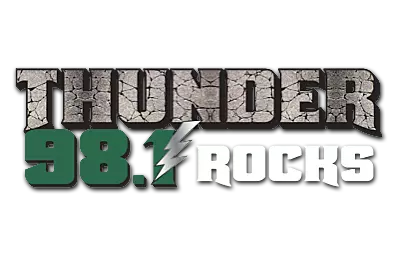
Are You Legally Liable if You Hit a Cow with Your Vehicle in Arizona?
- Arizona's Open Range Law
- Who is responsible if an animal is hit on the road: the driver, rancher, or both?
- The best way to avoid hitting livestock on the road
Home, Home on the Open Range of Arizona Roadways
There was a time in Arizona when most of the rural roads were considered open range.
Ranchers typically didn't fence their livestock in; instead, they installed cattle guards at the end of roads which mostly kept the cattle in a general area. The county posted Open Range caution signs along the roadway, and that was it. The onus was on the driver to pay attention and avoid hitting livestock as they roamed the area.
Credit: Canva
As towns and cities have encroached on open ranch land, barbed wire fences have gone up and some of the warning signs have come down. However, fences fall and livestock roam.
Watch Out for Livestock in the Road
If you drive around Arizona, sooner or later there's a good chance you'll see livestock in the road. Cattle, horses, donkeys, goats, sheep, and pigs are all considered livestock in the state. Livestock is subject to different laws than other animals, a domestic dog or cat, for example.

What happens if you hit a cow or other livestock while you're driving in Arizona? Who is liable for the damages - the driver, the rancher, or both?
Understanding Arizona's Open Range Law
The Arizona Department of Agriculture explains, "Arizona follows the open range law, which means that livestock owners are not required to fence their animals in designated areas.
Historically, livestock grazed on public lands. The open range law accommodates ranchers and farmers who turn their livestock out onto the land, especially in arid regions, like the desert Southwest.
These "no-fence districts" are areas that are usually marked by Open Range warning signs alerting drivers to pay attention to the possibility of livestock on the road.
Open-range laws don't apply everywhere in Arizona. There are areas designated as fenced-in areas. These are places where livestock owners must fence in or restrain their cattle and other grazing animals.
Liability for Damages if a Livestock Animal is Hit by a Vehicle
If you hit a cow or other livestock while driving in an open range area, who is responsible? The driver or the rancher?
According to the University of Arizona Cooperative Extension, Arizona law states:
"If a driver hits a cow or other livestock on an open range, the driver is responsible for the damages to their own vehicle and any injuries to themselves or their passengers."
The livestock owner is not liable unless they intentionally or negligently caused the collision.
Credit: Canva
However, if the driver collides with livestock in a fenced in area, the livestock owner is responsible for the driver's vehicle and any injuries to the driver or passengers.
However, the driver is liable if they were driving recklessly or under the influence.
How to Avoid Collisions
Drivers can avoid collisions with livestock, even on dark roads in rural areas. Drive carefully and pay attention. Here are some tips:
- Watch out for signs: “Open Range”, “Livestock on Road”, or “Cattle Crossing” all warning drivers of roaming livestock.
- Slow down: Obey speed limits.
- Stay Alert: Watch for animals that may cross the road unexpectedly, especially at dawn and dusk, when they are more active and less visible.
- Use your headlights and horn: This is the best way to warn animals and scare them off the road.
- Don't Swerve: If you try to avoid hitting an animal, you might lose control or hit another vehicle.
- Brake firmly and steer straight.
- If you hit an animal, stop your vehicle, check for passenger injuries, and call the police. Do not approach the animal. It could be injured and dangerous.
The Bottom Line
If you hit a cow or any other livestock while driving in Arizona, it could get expensive. Depending on where the accident occurs it could also be a very traumatic experience.
Responsibility for the accident will always depend on where the accident occurs, so be aware of open-range areas and how the liability changes in those areas. Drive defensively and stay alert so you avoid the accident before it even happens.
LOOK: Here are the states where you are most likely to hit an animal
Gallery Credit: Dom DiFurio & Jacob Osborn
LOOK: Counties with the longest life expectancy in Arizona
Gallery Credit: Stacker
Beware! The #1 Cause of Death in Arizona Revealed
Gallery Credit: Val Davidson
